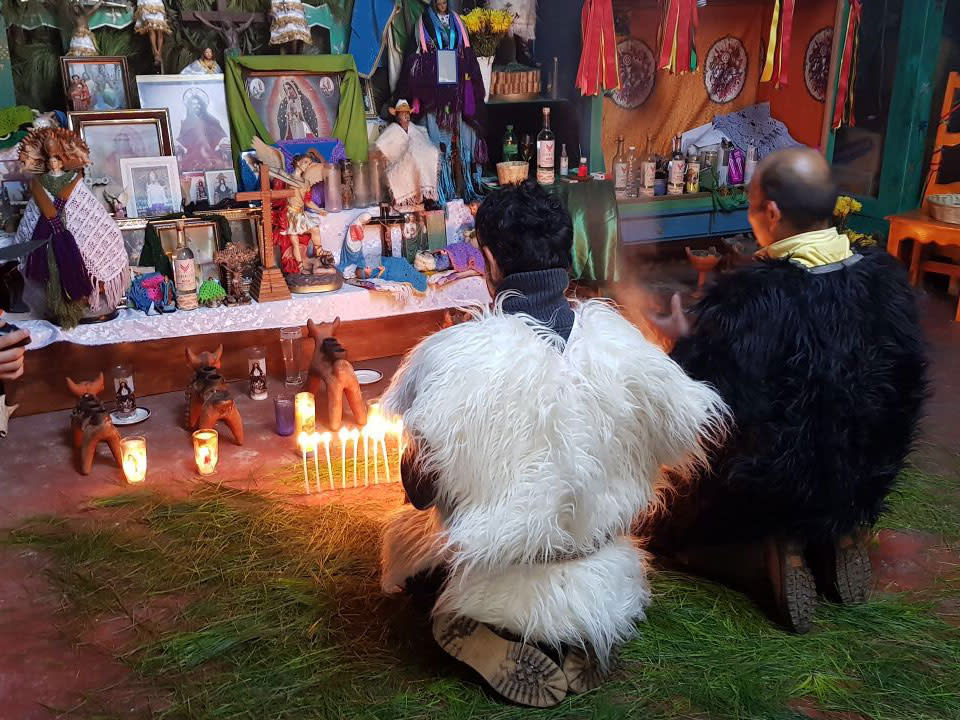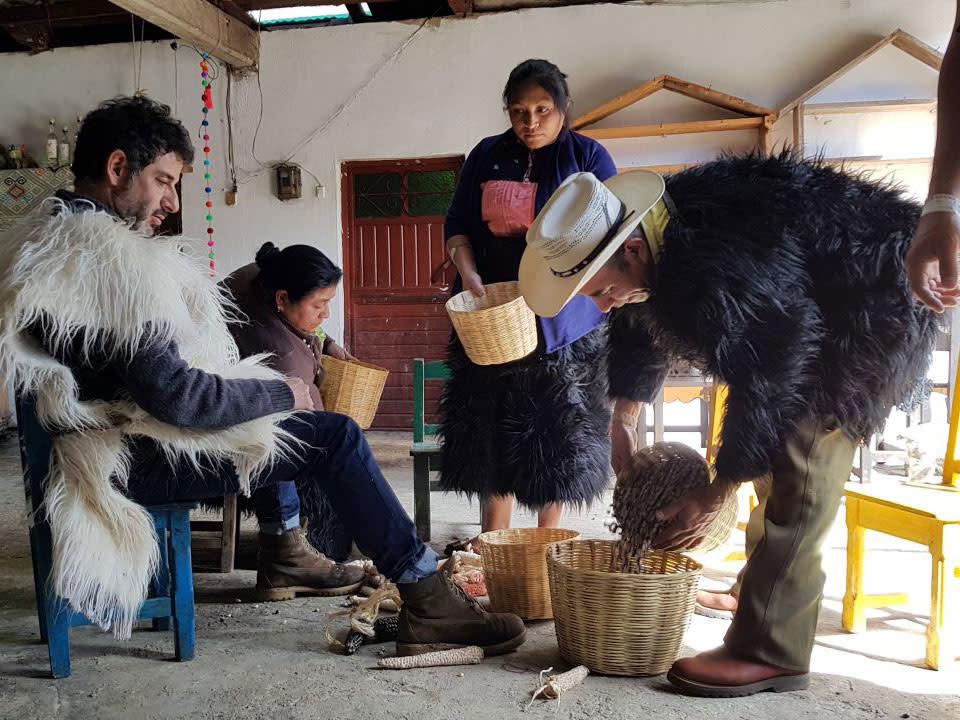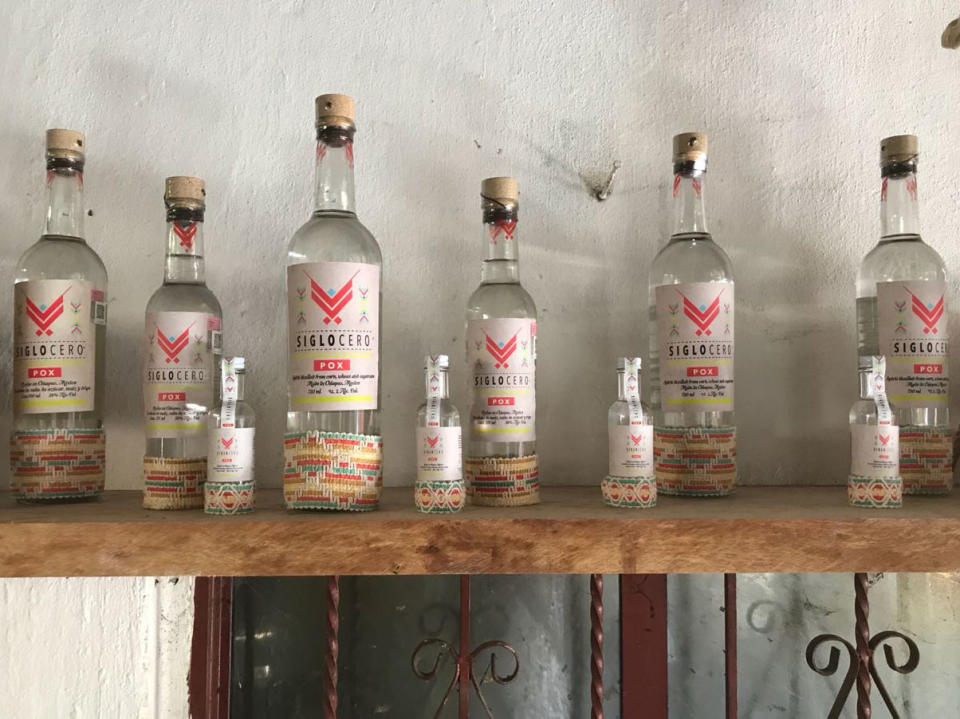The Spirit Used by Ancient Mayans to Visit the Underworld Is on the Rise
Pox, a spirit unique to the Tzotzil Mayans of Chiapas, is a symbol of indigenous resistance. In the 16th century, the natives of Mexico's most Southern state fought back against Spanish missionaries, and as a result, preserved much of their Mayan culture—including the use of pox in ceremonial rites.
According to mixologist Carlos Eduardo Ruiz, the use of pox (pronounced posh) as a bar ingredient is a new phenomenon, as it was originally used for its medicinal and magical properties by h’iloles—healers—and spiritual guides.
While the spirit has begun to appear in more and more (hip) bars across Mexico, Pox is still relatively hard to come by—though it's widely available in Chiapas bars in the cities of Chamula, San Cristóbal de las Casas, and Zinacantan. Only six years have passed since Chiapas allowed for pox to be sold outside of the state, and the spirit has just begun distributing to California, Texas, Nevada and Washington. You can find it in high-end bars like Limosneros and Toro, both in Mexico City, and at Encanto Camino in Tulum.
Its ingredients are simple: fresh water, sugar-cane, wheat bran, and fermented corn. Variations exist, with most traditional recipes omitting the sugar and wheat. Everything is placed into a vat, then boiled and stirred every two hours using wooden sticks, for 12 hours. The mixture is then covered and left to ferment for at least a week.
The end result is a clear, smooth liquor with a smoky-corn taste. “The best way I like to describe is to imagine if grappa and clear whiskey had a baby,” adds Katsuji Tanabe, executive chef of Barrio.

According to Ruiz, who works at the Royal Hideaway Playacar, the flavor and color can change by adding fresh herbs such as rosemary, peppermint, lemon tea, and laurel. Its relatively low alcohol content—at 38 percent—might inspire people to drink large quantities, but be warned—the corn and sugar can lead to nauseating hangovers.
Ruiz says that the liquor acts an entry point between the material and metaphysical world in indigenous communities and cures both physical and spiritual ailments.
“Traditionally, it is referred to as agua ardiente, or fire water,” says Alex Branch, executive chef of Herringbone Los Cabos and Casa Calavera in Mexico. “In the past, stomach pains and gastric issues were thought to be caused by evil spirits. People would drink pox to rid the body of those unwanted guests.”
The burn from drinking the alcohol was thought to be the sensation of evil spirits leaving the body, and the soothing heat that followed marked the process of the soul filling the empty void that the wicked spirits left behind. Priests and warriors used pox to travel to the underworld and back.

“Mexicans hope this alcohol doesn’t get as popular as mezcal and stays local to the Mayan communities,” says Tanabe. “It’s a great spirit to mix in cocktails and shows a different side of the Mexican alcohols besides tequila and mezcal."
Carlos Hannon, Latin American director of food and beverage for Toro, attributes its increased popularity to millennial interest in artisanal products from small suppliers.
Toro, which services mostly foreign business travelers, offered the spirit as the base to a blueberry cocktail. When following up to see if it was still on the menu, a spokesperson said it was recently removed because the flavor was too strong for customers. A problem the people of Chiapas, Mexico never had.


